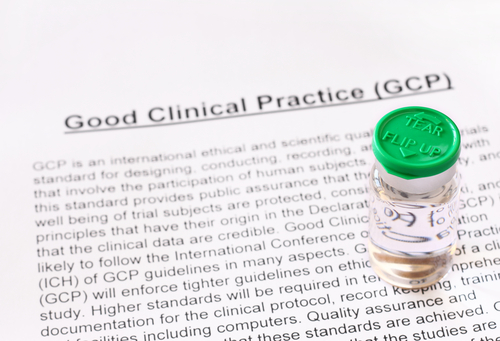Early Screening Methods for Pulmonary Arterial Hypertension in Systemic Sclerosis Evaluated in New Study

 A team of researchers from Australia recently published a study, entitled “A comparison of the predictive accuracy of three screening models for pulmonary arterial hypertension in systemic sclerosis,” in the journal Arthritis Research & Therapy.
A team of researchers from Australia recently published a study, entitled “A comparison of the predictive accuracy of three screening models for pulmonary arterial hypertension in systemic sclerosis,” in the journal Arthritis Research & Therapy.
Systemic sclerosis (SSc) is a multisystem connective tissue condition that causes vasculopathy and fibrosis. Pulmonary arterial hypertension (PAH) is a leading cause of mortality in SSc. Because estimations of survival in SSc associated with PAH are only of 50% at 3-years, early identification of PAH in SSc is vital to positive clinical outcomes. In this regard, Mandana Nikpour from the Department of Rheumatology and Medicine, The University of Melbourne, Australia and colleagues compared the predictive accuracy of two recently published screening algorithms (DETECT 2013 and Australian Scleroderma Interest Group (ASIG) 2012) for SSc-associated PAH (SSc-PAH) with the commonly used EuropeanSociety of Cardiology/Respiratory Society (ESC/ERS 2009) guidelines.
[adrotate group=”4″]
This study enrolled 73 patients with SSc with suspected PAH who underwent right heart catheterization. Patients were recruited from 2007 to 2012 from the Australian Scleroderma Cohort Study, a multi-center study of risk and prognostic factors for cardiopulmonary outcomes in SSc. Each patient was evaluated with the three screening models (DETECT, ASIG and ESC/ERS). For sensitivity, specificity, positive and negative predicted vales of PAH (set for 10% of prevalence), the researchers applies contingency tables.
Results showed that DETECT and ASIG algorithms were able to equally predict PAH (sensitivity and negative predictive value of 100%), while the ESC/ERS guidelines was only able to achieve a sensitivity of 96.3% and negative predictive value of 91% (ESC/ERS missed one case of PAH). Moreover ESC/ERS could not be applied to three patients who had absent tricuspid regurgitant (TR) jet. In terms of specificity, the ASIG algorithm showed better performance with a specificity of 54.5%. With PAH prevalence set at 10%, the negative predictive value of the models was unchanged, but the PPV dropped to less than 20%.
[adrotate group=”3″]
Based on these results DETECT and ASIG algorithms showed a better performance than ESC/ERS guidelines, with a high sensitivity, the central feature for a screening algorithm, reducing or eliminating missed diagnoses. The team of researchers discussed that the ESC/ERS guidelines have limitations in patients with undetected or mild TR jet. Furthermore, although all screening guidelines had low specificity, the ASIG performed better in specificity and reduced the number of referrals for RHC. The researchers concluded that the choice that clinicians make in terms of SSc-PAH screening algorithm depends factors such as the cost-effectiveness of the application.







